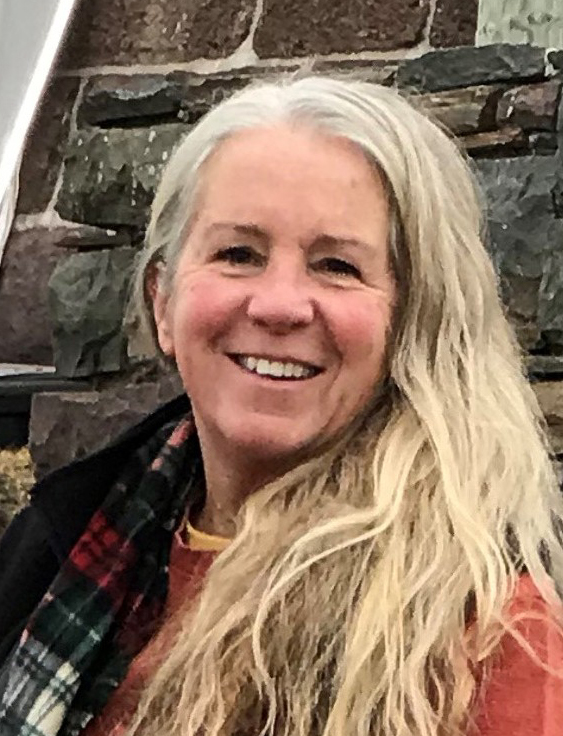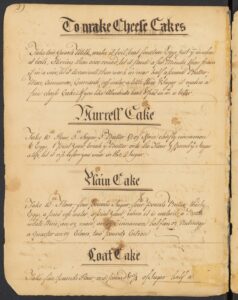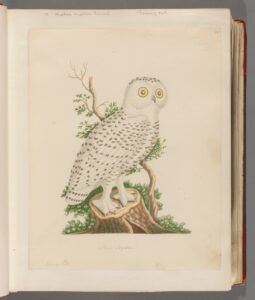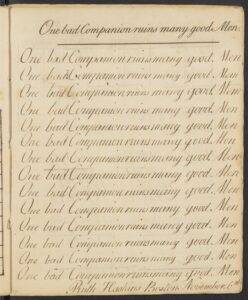Last year when I wrote about zinc headstones for Vita Brevis, I mentioned that after seeing my very first example of “white bronze,” I began seeing them regularly in various cemeteries. What were the odds, I asked? Well, it turns out that once we have been made aware of something, that something pops up frequently because our brains are unconsciously in search of another example. It’s called frequency illusion.
Which brings me to the recent daylong seminar at NEHGS – “Seventeenth-Century English Research with the Society of Genealogists UK” – that I had the pleasure of attending. Chock full of information about United Kingdom resources, from parish records, heraldic visitations, and protestation returns to tax records and court records, one might think that it’s all out there at our fingertips, just waiting for the key word to be entered into the search box. And yet, the day’s speaker Else Churchill noted that despite all the books, lists, directories, journals, and indices, there are still many discoveries to be made in repositories, things we don’t yet know are out there, and those discoveries, she suggested, will likely come from universities delving into their vast, broad collections.
What were the chances that the very next day I would read an article about a multi-year, herculean undertaking by Harvard University to digitize its vast collection of primary source holdings relating to the seventeenth and eighteenth centuries, many of those holdings unexamined, many rarely seen or studied even by scholars, let alone the humble family genealogist?
Given Harvard’s beginnings with a vote of the Great and General Court of the Massachusetts Bay Colony in 1636, one can only imagine (or maybe one cannot) the gargantuan amount of archival material that has accumulated in the university libraries over nearly four hundred years, documents amassed by the university to reflect not only its own history but its pedagogical ambitions. Beginning with one library, Harvard’s theological library, as the separate schools – including law, medical, business, and music – were established within the university, each assembled its own library to provide specialized resources to its students.
As a result of that autonomy, university resources became disconnected from one another.
As a result of that autonomy, university resources became disconnected from one another. Even items related by theme, such as the John Hancock records that would have benefited by being collected in one place, were scattered across various libraries. As time marched on and administrations changed (a lot can happen in 400 years), materials were filed away and sometimes all but forgotten. It’s fair to say that even the university didn’t know precisely what it had. Consider the case of the original 1644 sketch of the College arms, the VERITAS shield. Not until the bicentennial year, 1836, when Harvard President Josiah Quincy III was researching in the archives, was the hand-drawn sketch “rediscovered.” Now, not too many years away from its quadricentennial, Harvard is again rediscovering its holdings, linking those holdings to one another, and sharing them with the world.
Scattered across more than 1,600 collections and fourteen repositories, the materials include diaries, journals, notebooks, account books, drawings, maps, and other rare miscellany. Come summer, the in-house digitization project – Colonial North America at Harvard Library – will provide free and public access to more than 650,000 items, many of which are undergoing conservation as part of the process. In 2015, the project unveiled its website, colonialnorthamerica.library.harvard.edu, which is updated regularly.[1]
To make any attempt at summing up the depth and breadth of this rich and varied documentary source, this snapshot of the Atlantic realm, would be futile. In addition to a search function, using a key word, and a browse function that is sure to surprise researchers with the unexpected, the website offers “A Closer Look,” curated features that probe selected topics, among them medicine, food, Canada, slavery in North America, international encounters, the Winthrop family, and John Hancock. These selected categories are each accompanied by an introductory essay with key words underlined that take researchers to specific documents. One of the selections – “Exhibit: Portals to the Past,” showcasing images that were on display at Harvard’s Widener Library during 2019 – is a very good starting point to get a sense of the scope of the project and to begin to appreciate, aside from the historical importance, the sheer beauty and charm – from exquisite penmanship to delicate watercolors – of so many of the items.
Once an item has been located and displayed, it can be downloaded in multiple resolutions from the icon in the upper right corner. The Menu icon includes a citation link for each item.
I’ve been dipping in and out of the collection and already have a few favorite items, the Sarah Fayerweather Cookbook, dated 1764, among them. Born Sarah Hubbard in 1730, she married Thomas Fayerweather, a wealthy Boston merchant. Her cookbook is part of the 20,000-volume historic cookbook/food-related collection at the Schlesinger Library.[2]
I’ve also been enjoying the beautifully detailed watercolors of birds, insects and plants by London-born naturalist-artist John Abbot (1751–1840), who came to the American colonies as revolution was brewing and spent most of his life in Georgia.
The copybook of Ruth (Haskins) Emerson is not to be missed. Born in Boston in 1768, Ruth married the Rev. William Emerson and was the mother of author and poet Ralph Waldo Emerson. Her copybook, dated 1779–80, contains alphabet and arithmetic exercises as well as wisdoms and life advice to live by, still as relevant today as two hundred forty years ago.
Notes
[1] For an interesting discussion about the Colonial North America project, listen to the Ben Franklin’s World (benfranklinsworld.com) podcast, No. 93, 2 August 2016, with Harvard Visiting Fellow Taylor Stoermer.
[2] For more information about Sarah and her cookbook, see boston1775.blogspot.com (14 and 15 July 2019). Use the keywords Sarah Fayerweather and the website name in a google search.
Share this:

About Amy Whorf McGuiggan
Amy Whorf McGuiggan recently published Finding Emma: My Search For the Family My Grandfather Never Knew; she is also the author of My Provincetown: Memories of a Cape Cod Childhood; Christmas in New England; and Take Me Out to the Ball Game: The Story of the Sensational Baseball Song. Past projects have included curating, researching, and writing the exhibition Forgotten Port: Provincetown’s Whaling Heritage (for the Pilgrim Monument and Provincetown Museum) and Albert Edel: Moments in Time, Pictures of Place (for the Provincetown Art Association and Museum).View all posts by Amy Whorf McGuiggan →


